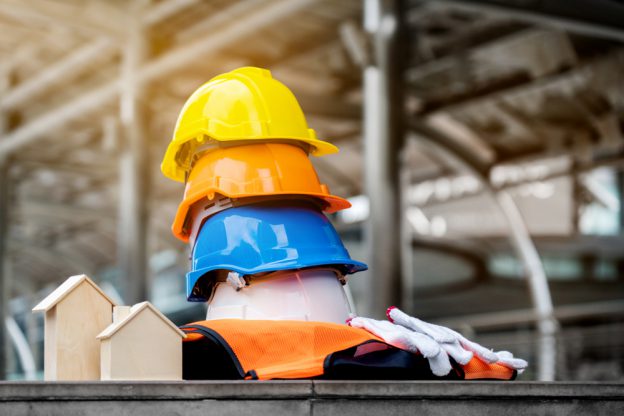 When you make arrangements to work on a large-scale construction project, you’ll probably work with a lot of invested parties. The property owner, the client, the city or state in some cases. You may be the general contractor, or you might be subcontracting under another professional. But what about the community? Construction projects that are high-profile or take a long time need the community’s support to minimize problems. Here are five ways you can ensure that you cause the least disruption.
When you make arrangements to work on a large-scale construction project, you’ll probably work with a lot of invested parties. The property owner, the client, the city or state in some cases. You may be the general contractor, or you might be subcontracting under another professional. But what about the community? Construction projects that are high-profile or take a long time need the community’s support to minimize problems. Here are five ways you can ensure that you cause the least disruption.
Identify the Flow Around the Jobsite
If the jobsite is in a relatively remote area, there might not be a lot of homes or businesses around it. But if you are in a suburban or urban part of the region, there will be a lot of things happening near the jobsite. Your task is to figure out what they are. Identifying things like:
- Traffic patterns
- Parking needs
- Pedestrian walkways
will help you figure out where people are most likely to be while you are trying to get your work done. You may need to visit the site on different days and different times of the day to gain a full picture of what you can expect.
Minimize Immediate Impacts
If you want to have the least negative impact on the community surrounding you, the best way to do this is to imagine what you would want if you lived there. Think about how you feel about rude tourists taking over your neighborhood. They take up all the parking, they exhaust local resources, and they leave a lot of garbage behind. Unfortunately, people who come to an area to work temporarily can often create the same kinds of problems. If you’re a member of the community, then you feel more responsible for making sure these kinds of things don’t happen as a part of your business.
Make Safety a Priority
As a construction professional, you are used to making safety a priority for yourself and your employees. If you’re located in an area where there are a lot of people passing by, you must also pay attention to their safety. For example, construction that happens on or near the roads can affect traffic. Making sure the pedestrians, drivers and bicyclists have appropriate signage and direction can help keep them from interfering with your work. It also increases the likelihood that they will avoid harm while you are operating in such close proximity to them.
Be Mindful of Project Completion Timelines
As a resident, you have likely had to deal with construction projects that impeded traffic or other movement that ended much later than expected. While overrun in your schedule is an extremely common part of the construction industry, that doesn’t mean that the community will automatically support it. For projects that make it difficult for people to get to and from home or work, especially those that require a change of route, it’s important to pay attention to how much time you need to complete it. Giving a more accurate estimate increases your credibility and minimizes frustration in the community.
Support Local Businesses
Taking over a small part of an urban center is likely to impact local businesses as well as residents. If you can find ways to provide some extra support for those businesses, you can reduce the negative impact that it has on their income. For example, you can search out local suppliers for materials and rental equipment. You can even plan to eat lunch at local restaurants. Just keep in mind that as a member of the community, you want to make sure that the way that you engage with these businesses remains positive throughout the project.
Construction projects have a way of spreading effects throughout the community. If you focus on your efforts, you can ensure that the impact is generally supportive of community needs. For more information about building a successful contracting business, visit CSLS today!






